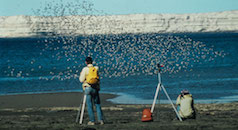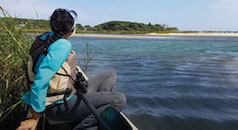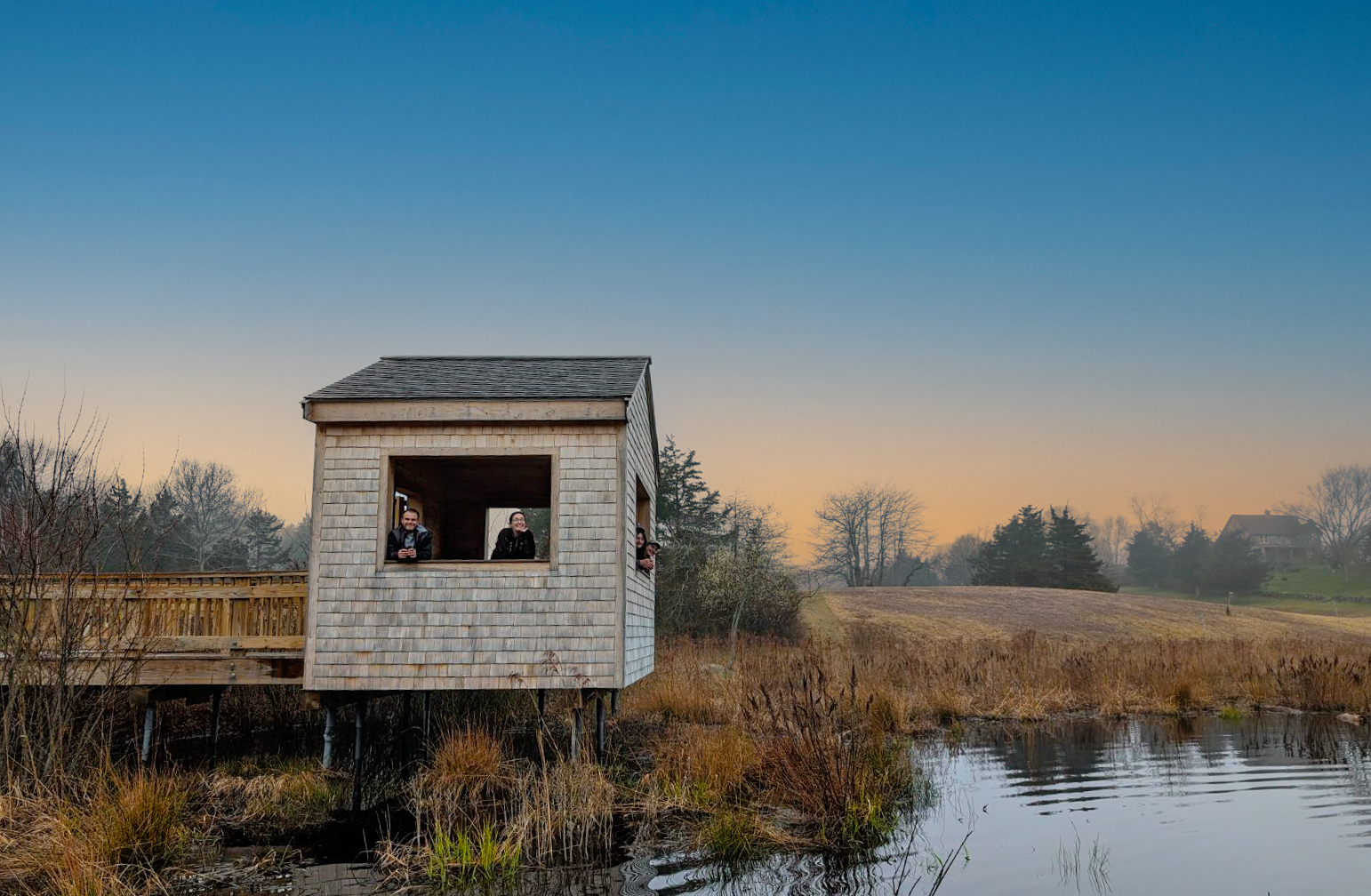
Manomet’s Banding Director, Trevor Lloyd-Evans, was the coordinator for the count in Plymouth, MA, a tradition he has led for 40 years.
“The Christmas Bird Count not only provides ornithologists with valuable data about wintering bird populations, but has continued to be a great opportunity for us to keep in touch with our local birding community,” said Lloyd-Evans.

The CBC occurs every winter during the last weeks of December and the first week of January. Birders register 15 diameter mile circles, pick a 24 hour period and a fleet of qualified volunteers, and then go out see how many different species they can identify and count. This season, there were over 2,300 circles registered, offering a vast glimpse of species from Canada to Texas.
“Manomet and others use the CBC dataset to examine long-term changes in wintering bird populations,” explained Lloyd-Evans. “Although the dataset relies 100% on volunteer efforts, and by nature, only offers a quick snap shot, it has been able to detect population eruptions and long-term population changes that correspond with trends we have seen in our bird migration banding data. The CBC tests our dataset and is useful to compare against other major surveys such as the Breeding Bird Survey.”
Both data sets show that Northern Cardinal populations have expanded northward due to milder temperatures. The data sets also reflect more complicated trends like how the House Finch started to expand their range northward in the 1990s and the population levels dropped back down after reaching the local carrying capacity in northern areas like Manomet.
Plymouth’s Christmas Bird Count’s 108 species was well above average, but the total number of birds seen (11,181) reflects a steady downward trend that started in the 1970s. The count also picked up on a decline in large gulls and starlings, which Lloyd-Evans attributes to the closing of garbage dumps where both species tend to feed. Many also associate the decline in large gull populations with the decline of the New England fishing industry, which began in the 1970s.
Some remarkable highlights of this year’s CBC include two Snowy Owls, at least 210 Fish Crows, seven Ipswich Sparrows, two Yellow-bellied Sapsuckers, the second ever Clay-colored Sparrow, and the fourth ever White-crowned Sparrow. You can access a more comprehensive overview of Plymouth’s count here.
Pictures from top to bottom: 1. Wayne Petersen looks at Snowy Owl at Plymouth Beach. 2. Some of the participants of the Plymouth CBC group pose for a picture. 3. Purple Sandpiper on the rocks at Plymouth Beach.





 Back to all
Back to all
